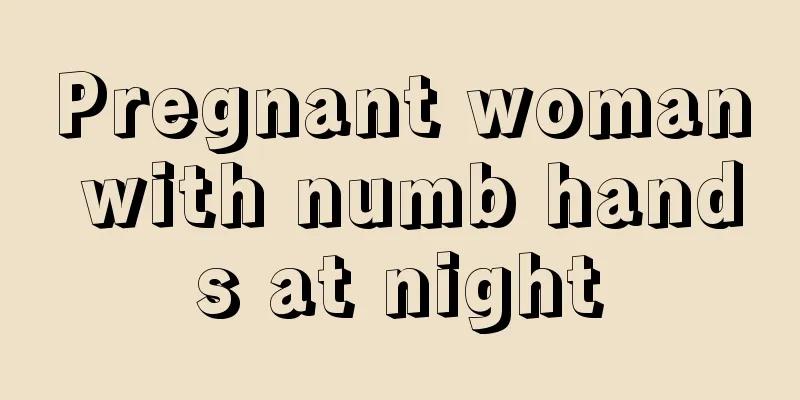The old man had a headache and thought it was cervical spondylosis, but it turned out to be glaucoma

|
Grandma Sun had a headache and initially thought it was caused by a cervical spine attack. After a series of examinations in the hospital, she found that she had a problem with her eyes. Grandma Sun, 65 years old this year, has been experiencing blurred vision and headaches in the past week. Thinking it was caused by cervical spondylosis, she went to a physical therapy clinic for three physical treatments, but the headaches did not improve at all, and the vision in her right eye gradually became blurred. So she came to the Aier Eye Hospital affiliated to Wuhan University. After examination, Grandma Sun's right eye vision was 0.1, and the left eye vision was 0.6. After Wu Zuohong, a member of the Glaucoma Group of the Hubei Ophthalmology Society and director of the Glaucoma Department of the Aier Eye Hospital affiliated to Wuhan University, found that Grandma Sun's right eye intraocular pressure was as high as 43mmgh. After a detailed examination, Grandma Sun was diagnosed with chronic angle-closure glaucoma and needed antihypertensive treatment. "How can I get glaucoma without any symptoms?" Grandma Sun was very surprised to learn that she had glaucoma. "Chronic glaucoma is often easily ignored because its early symptoms are not obvious." Director Wu Zuohong introduced that chronic angle-closure glaucoma sometimes has small attacks, manifested as mild eye swelling and headache, blurred vision, and occasionally rainbow vision, which mostly occurs at night and will soon resolve on its own. These symptoms are not obvious and do not cause any special discomfort. It is difficult for patients to pay attention to them at first. Some patients only discover it when their central vision is damaged, but by then the lost vision cannot be recovered. Director Wu Zuohong reminds that if you need to change your reading glasses frequently, have difficulty reading in the morning, or have a significant difference in vision between the two eyes, or feel that the range of your peripheral vision (actually your field of vision) is significantly reduced when you look straight ahead, or there is a significant difference between the two eyes, or your myopia is progressively worsening, or the elderly often feel headaches, nausea, or have a family history of glaucoma, etc., don't miss these seemingly irrelevant clues, as they may be the "telltale signs" of glaucoma. |
<<: What are the benefits of tahini? How to distinguish tahini from peanut butter
Recommend
What are the dangers of cold hands and feet for girls?
The harm caused by cold hands and feet to women i...
What is the reason for bleeding gums? Don't think it's a small matter, it may be a serious problem
Wake up in the morning and brush your teeth When ...
Tuberculous salpingitis
Tuberculous salpingitis often occurs in females d...
How to treat moderate uterine prolapse?
Moderate uterine prolapse will have obvious sympt...
Why not get pregnant during ovulation?
Some people who want to have children choose to h...
Disadvantages of cesarean section
For pregnant women, choosing the right method of ...
Will Qi and blood deficiency lead to less milk?
For many female friends, if we have less breast m...
What does color Doppler ultrasound of the heart check during pregnancy
For women, pregnancy is a normal physiological ph...
Why do women sweat while sleeping?
In daily life, the health care of female friends ...
What to do if anal pain occurs during bowel movement after normal delivery
After a normal birth, various sequelae usually oc...
What seasoning is used to make sour soup? What kind of vinegar is better for making sour soup?
We all know that sour soup is a common soup ingre...
Can a woman who has been pregnant tell?
An experienced doctor can tell at a glance whethe...
Can premature ovarian failure really be cured?
Premature ovarian failure occurs more and more fr...
Can I eat snow peas during menstruation?
Many people like to eat snow peas. There are many...
Which is better, cashews with skin or charcoal-roasted cashews? What is the difference between cashews with skin and charcoal-roasted cashews?
Cashews are a food that many people like to eat. ...









